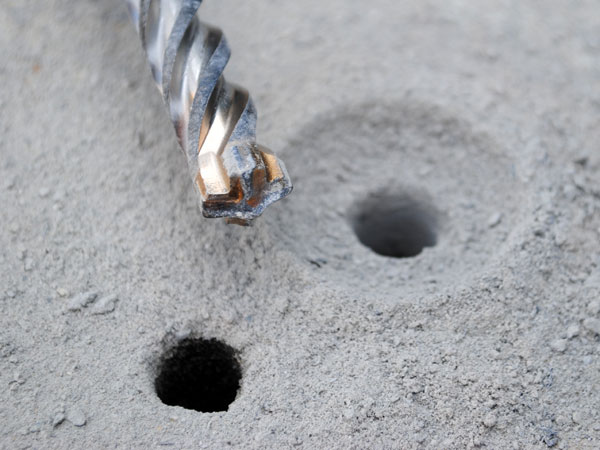Many times, we finally get to realize that we have grown tired of those pesky old wall anchors, thus we no longer think that they are in anyway appealing anymore. So it is only natural to want them removed. But many homeowners are scared to try this task on their own because they are concerned about damaging their drywall. Also totally natural.
If you are in the same position right now, you don’t have to fret much longer with your DIY decision. There is a simple step-by-step guide waiting for you below that just might change your mind about removing unwanted wall hangers by yourself!
What You’ll Need To Take Off The Old Wall Anchors
- Drill
- Drill Bit (or Set)
- Putty Knife
- Utility Gloves
- Old Towel
Before You Start…
It is important to gather all your items and supplies before you start. The gloves will protect your hands from scratches or blisters, while the towel can be laid on the floor below to manage any drywall mess.
It is also important to choose the correct drill bit size for the best results. If you do not have a full set of drill bits, simply purchase one that is a couple sizes larger than the opening in the wall anchor.

Keep in mind that if you plan to paint the wall you are working on, you will first need to prime the patched areas where the wall anchor holes were. And if you are planning to install new drywall anchors, be sure to buy ones that can be easily removed for future convenience!
Taking Off Old Wall Anchors
Remove the screw from the wall anchor.
Drilling Out The Wall Anchor
Place the bit inside the center hole of the wall anchor and begin slowly drilling. Use a drill bit that is two sizes larger than the width of the center hole of the anchor. The bit should sit perfectly outside of the edge of the hole, without slipping inside.
Allow The Wall Anchor’s Collar To Fall Off
Once you begin drilling, the collar of the wall anchor should break free from the wall and automatically push itself out. Let it fall on the floor so you are not tempted to grab it while the drill is rotating. Be careful not to let the bit push deep into the wall cavity, which can interrupt electrical wiring or plumbing pipes.
The Residual
Push the residual drywall material back into the hole using your putty knife. You may have to fill this hole in stages for best results.
Sand & Prime
Sand, prime, and paint!